Shliakh iz variah u hreky (Route from the Varangians to the Greeks)

Water trade route that passed through the territory of Kyivan Rus’
10th-13th centuries.
Fonts:
Cy Grotesk (Grand black)
Designer:
“A Drakkar from the Baltic Sea-Black Sea route arrives at the port”
This is how an announcement could sound in one of the cities of Northern Europe in the 10th-13th centuries. For passengers, Scandinavian traders, and merchants from Kyivan Rus’ and the southern regions, “business trips” in this direction were made possible through the so-called “Route from the Varangians to the Greeks.” This waterway served as the principal trade route in the lands of Ukraine.
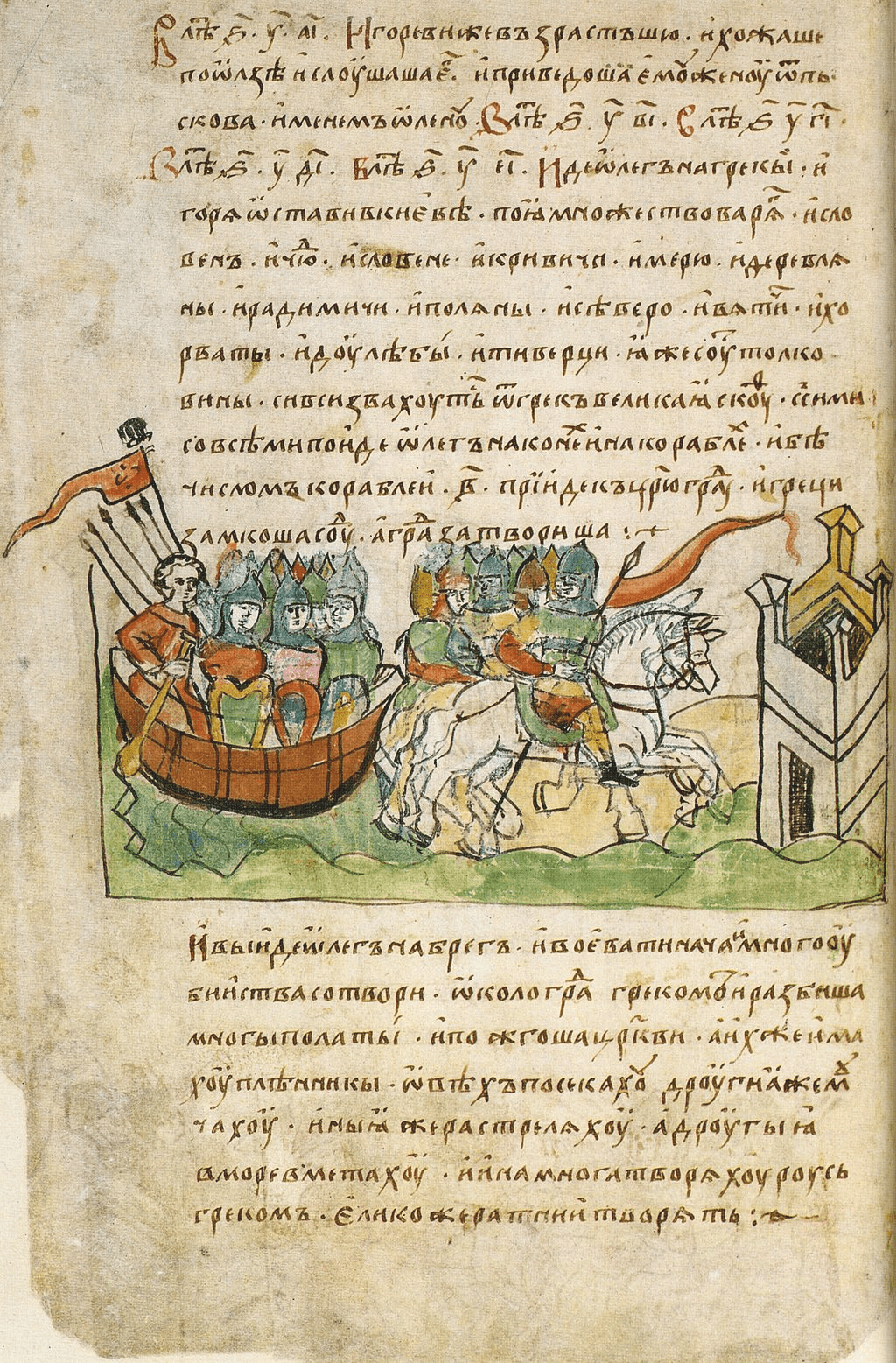
In the north lived the Vikings, also known as Varangians. Heading south were the Slavs, and at the lowest part of the route were the Byzantines, including former Greeks, who brought and established Christianity on the lands of Rus’. From the lower destination to the upper one, the route looked like this: Pontic / Rus’ (Black) Sea — the Dnipro River — portage (a section of land where boats were dragged) — the Lovat River — Lake Ilmen — the Volkhov River — Lake Nevo (Ladoga) and its estuary (the Neva River) — the Varangian (Baltic) Sea.
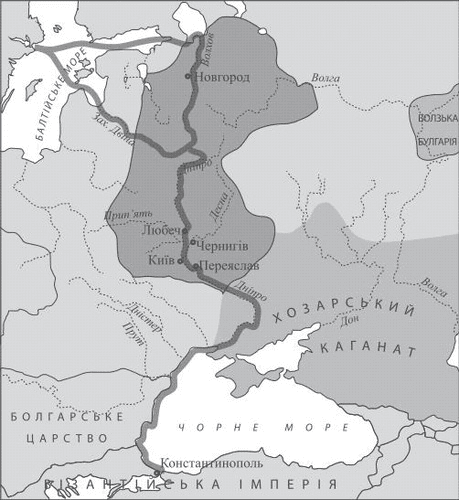
In the 11th century, the Kyivan monk Nestor first described this route in the chronicle Tale of Bygone Years. The hero of the Tale, who, according to legends, traveled along this route, was the renowned apostle Andrew the First-Called. He traveled by rivers from Sinope to the Baltic Sea and then returned through northern and western Europe by sea. Perhaps he favoured this route because he also enjoyed fishing.
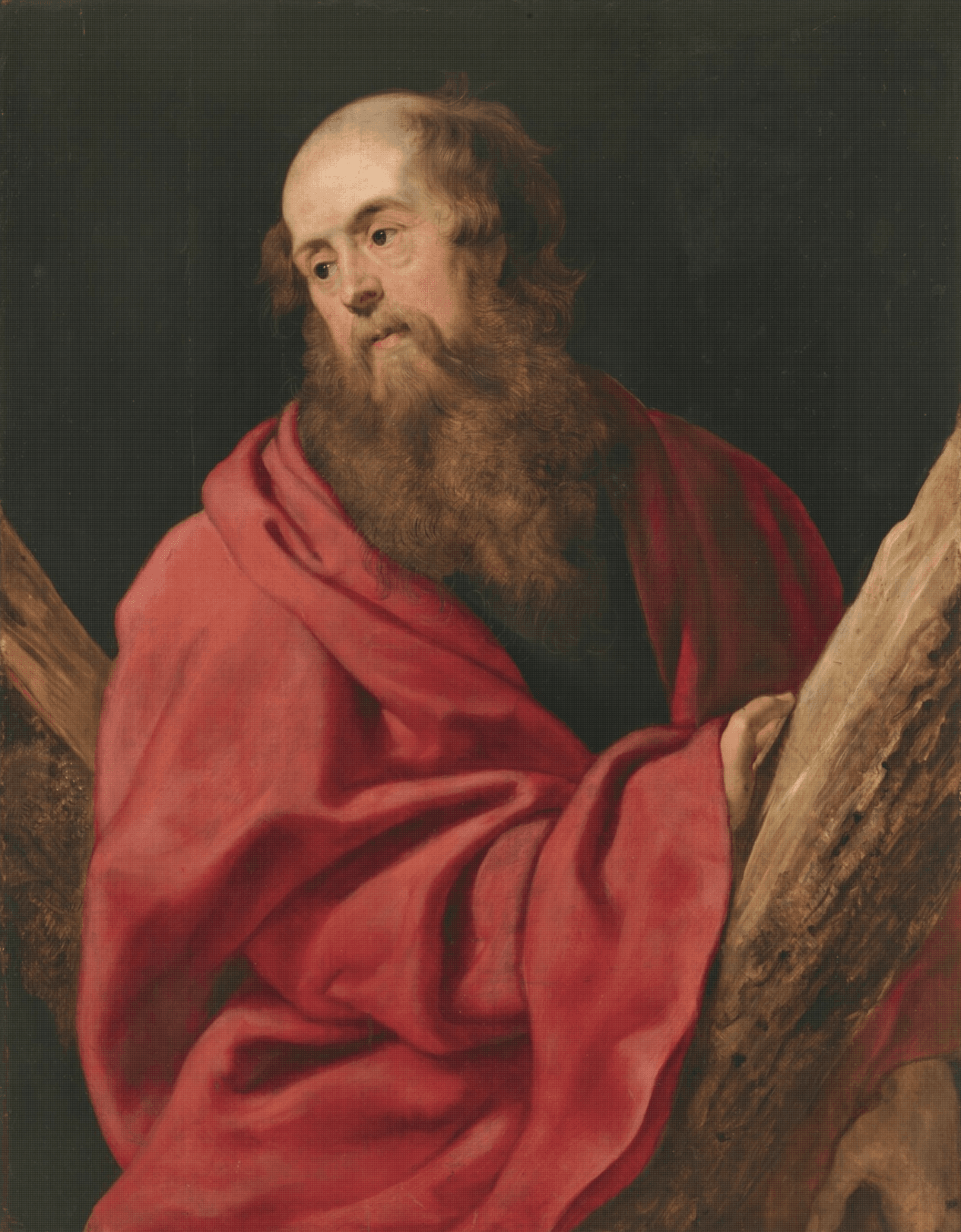
What did the traders carry in both directions? Heading north, they transported treasures from Byzantium — precious valuables and exquisitely decorated jewellery. From Rus’, they carried honey, wax, and rare animal furs. Traveling to the south, they brought amber products from the lands of modern-day Baltic countries, and from Scandinavia, they primarily carried weapons and trophies acquired from the west.
Today, adventurous enthusiasts try to recreate the route of medieval traders. They do not always succeed entirely since some of the waterway points have been altered or completely dried up. However, such adventures usually become a reason for celebration, attracting spectators and medieval spectacle enthusiasts.

Some historians consider the significance of the Route from the Varangians to the Greeks to be overestimated, as there were other trade routes that also existed and thrived. However, this route demonstrated the interest of Northern European peoples in establishing economic relations with Kyivan Rus’. Evidence of this is their robust centuries-long connection.
Fonts:
Cy Grotesk (Grand black)
Details:
Shliakh iz variah u hreky (Route from the Varangians to the Greeks)
Designer:
About font:
Next letter and event

Shliakh iz variah u hreky (Route from the Varangians to the Greeks)
this project
in social
“Shchedryk” (The Little Swallow)

Ivan Franko

Yuzivka

“Yak umru to pokhovaite...” (When I am dead, bury me...)

Budynok “Slovo” (The Slovo Building, or "The Word")
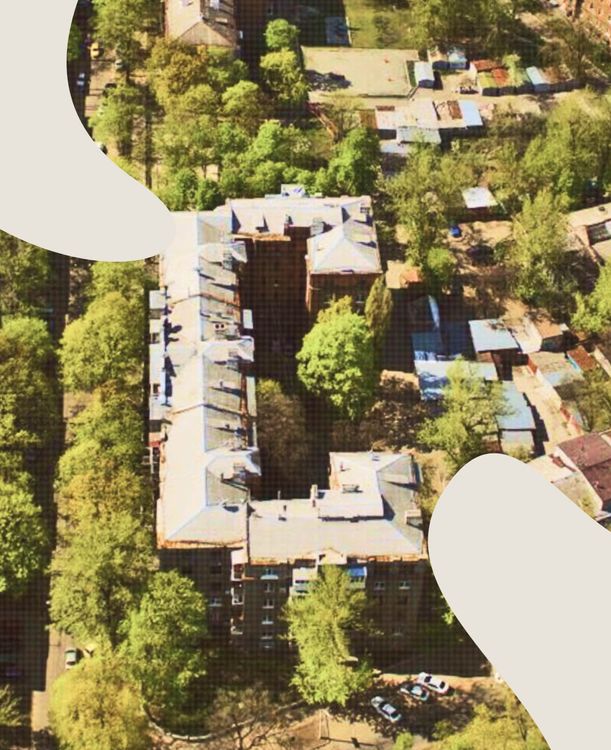

Falz-Fein and his “Askania Nova”

“Plyve kacha po Tysyni...” (“Swims the duckling, on the Tysa...”)

Georgiy Gongadze

Holodomor

Volia — collective concept, most often translated as Freedom

Zaporizka Sich (The Zaporizhian Host)

1991 Ukrainian Independence Referendum

Kvitka Cisyk (Kasey Cisyk)

Holodomor

Antonov AN-225 Mriya ("The Dream")
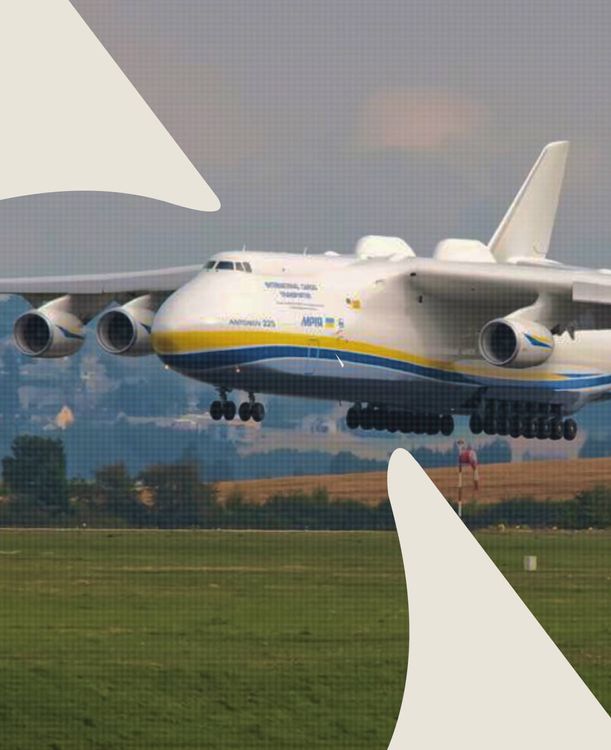
Creative & Tech Online Institute
Медіа про дизайн, креатив і тех індустрії

Ukrainski sichovi striltsi (The Ukrainian Sich Riflemen, or the USS)

Budynok “Slovo” (The Slovo Building, or "The Word")

Antonov AN-225 Mriya ("The Dream")

“Smilyvi zavzhdy maiut shchastia” (“The brave always have happiness”)

Peresopnytske Yevanheliie (The Peresopnytsia Gospel)

Holodomor

1991 Ukrainian Independence Referendum

Antonov AN-225 Mriya ("The Dream")

Mariupol

Yuzivka

Peresopnytske Yevanheliie (The Peresopnytsia Gospel)

Lisova Pisnia (The Forest Song)
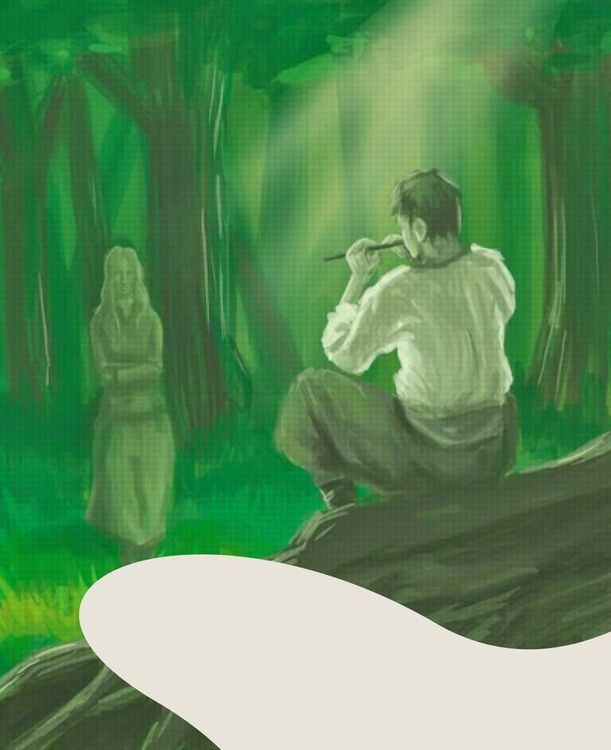
Kvitka Cisyk (Kasey Cisyk)


Danylo Halytskyi

Georgiy Gongadze


